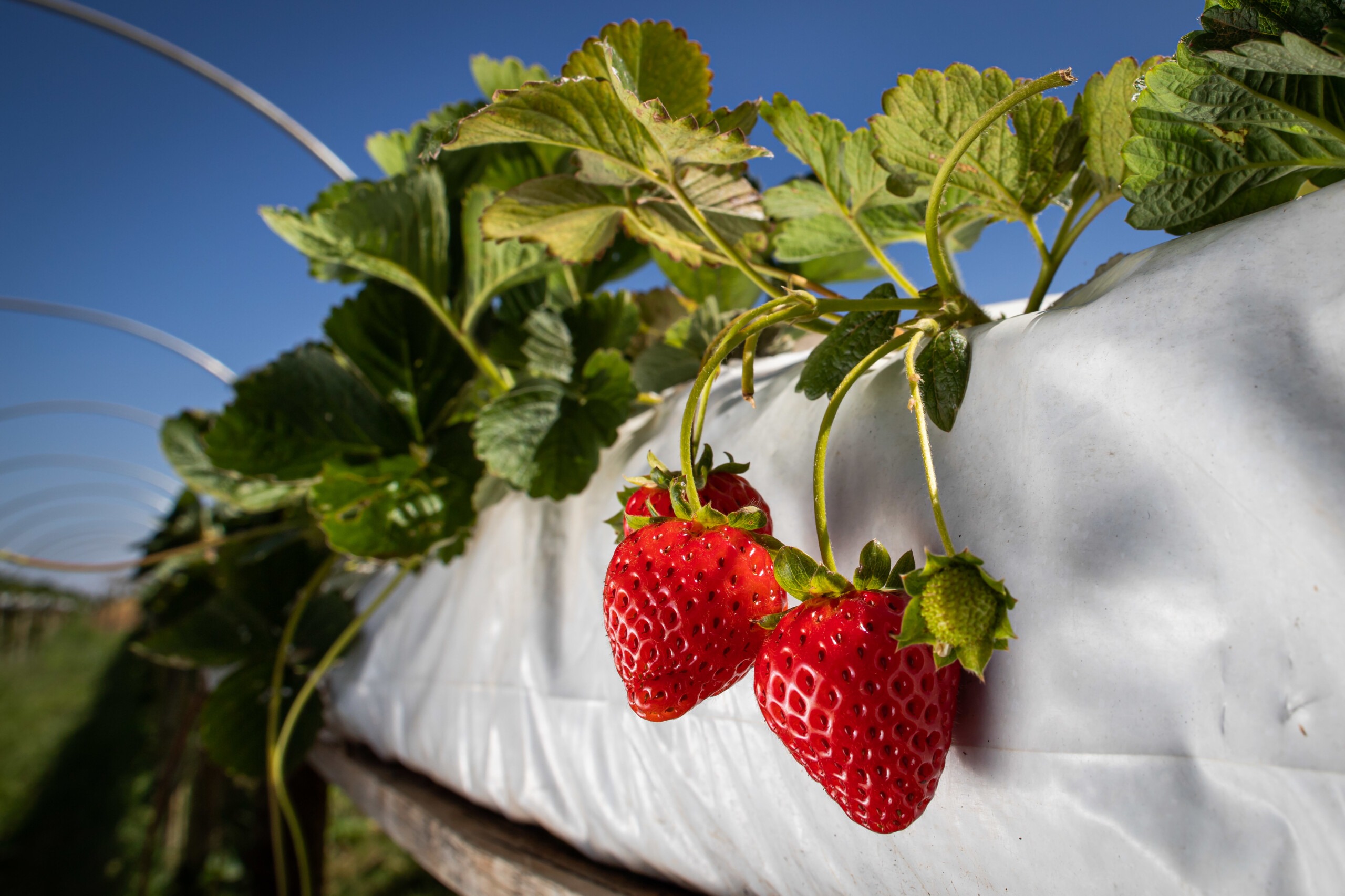Brazil’s agricultural landscape is as vast and diverse as its territory. Known as one of the world’s leading producers of soybean, coffee, sugarcane, and more, Brazilian agriculture is a cornerstone of the global food supply. The country’s farming practices are marked by innovation, sustainability, and a deep respect for its rich natural resources. Beyond its economic significance, Brazilian agriculture also offers visitors a unique opportunity to experience its beauty up close. Through several agro-tourism routes, travelers can explore the processes behind food production, connect with local cultures, and enjoy the flavors of regional cuisine.
Here is a sample of the rich agro-tourism experiences Brazil has to offer. With its vast territory and diverse agricultural practices, the country offers countless opportunities for visitors to explore, learn, and savor the unique flavors of Brazilian agriculture.

Cheese Route
In Minas Gerais state, the Cheese Route goes through towns like Tiradentes and São João del-Rei. Known for its artisanal cheese production, this route introduces visitors to traditional methods of creating some of Brazil’s most famous cheeses. Acknowledged as an intangible cultural heritage of Minas Gerais, the cheese production process is a vital part of the local economy and culture. Visitors can tour farms, learn about the craft of cheesemaking, and taste products that reflect the region’s culinary history.

Wine Route
In southern Brazil, the Wine Route takes visitors through the country’s wine-producing regions, particularly in Rio Grande do Sul state. This route focuses on viticulture processes, offering tours of vineyards and wineries where visitors can learn about wine production and taste local varieties. The Wine Route also highlights the significance of the wine industry to the region’s economy and cultural identity, providing insight into the challenges and opportunities faced by Brazilian wine producers.

Fruit Circuit
In the countryside near São Paulo, the Fruit Circuit includes cities such as Atibaia, Jundiaí, and Valinhos. This route showcases the growing of over 100 types of fruits. Visitors can explore farms, taste fresh produce like nectarines, grapes, and jabuticabas, and visit restaurants that use locally-sourced ingredients in their menus. The Fruit Circuit offers insight into Brazil’s fruit production and highlights the connection between agriculture and regional cuisine.

Cocoa Route
Located in Bahia state, the Cocoa Route explores the production of cocoa, a key ingredient for producing chocolate. Visitors can trace cocoa’s journey from the crops to the factories where it is processed into chocolate. The route offers an educational perspective on the role of cocoa in Brazil’s agricultural landscape and its impact on the local economy. It also provides an opportunity to learn about growing techniques, the challenges producers face, and the significance of cocoa to the region.

Açaí Route
In the Amazon region, the Açaí Route offers a glimpse into the production of one of Brazil’s most iconic fruits. This route provides a detailed view of the açaí supply chain, from its harvest along the rivers to its processing for consumption. Interactions with local communities enhance the experience, where visitors can watch traditional practices associated with açaí production and obtain a deeper understanding of this fruit’s cultural significance in the region.